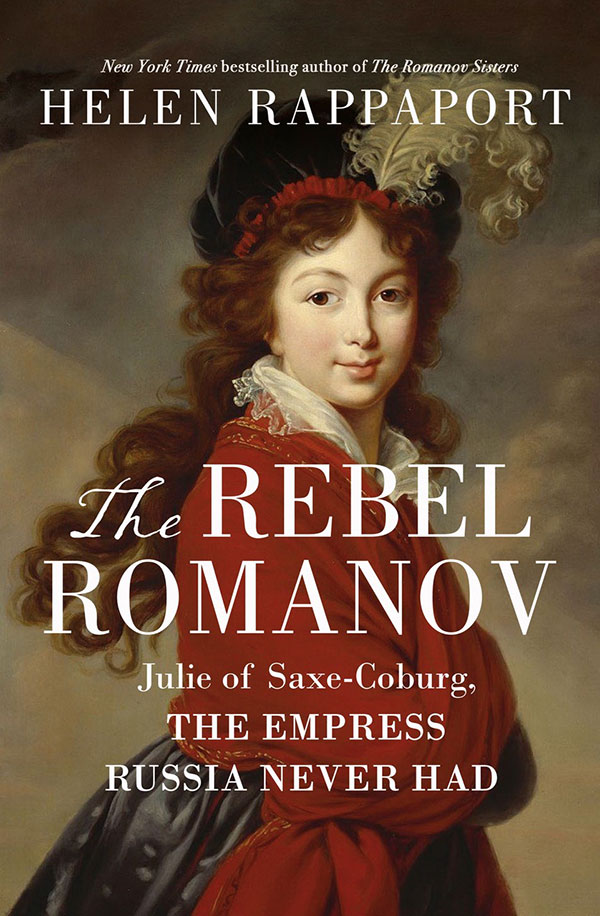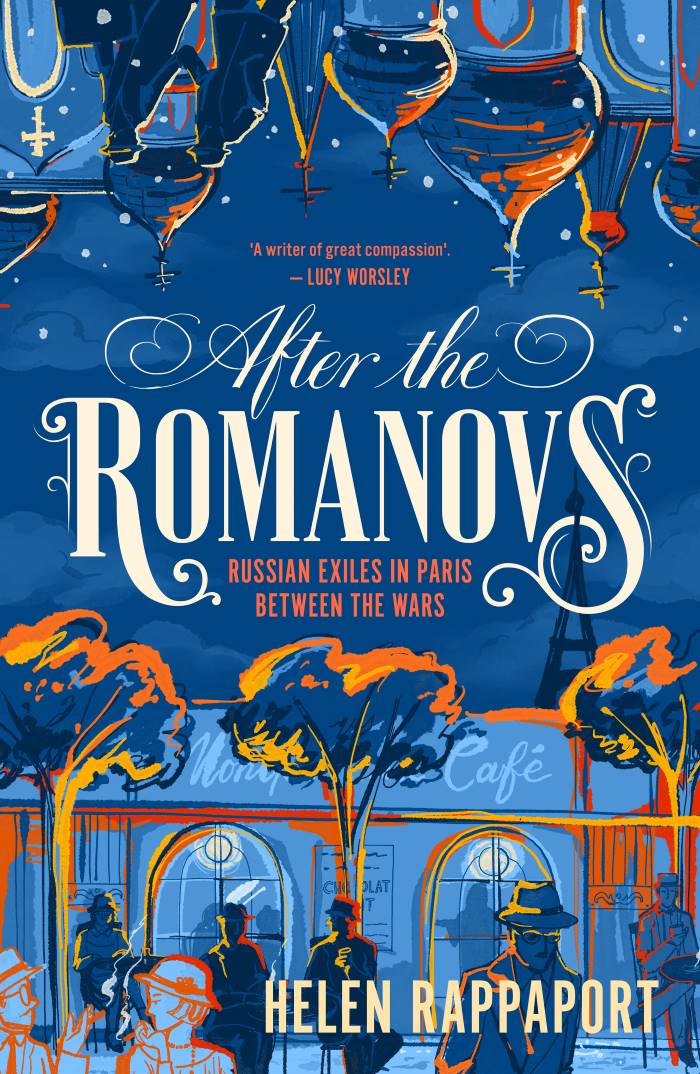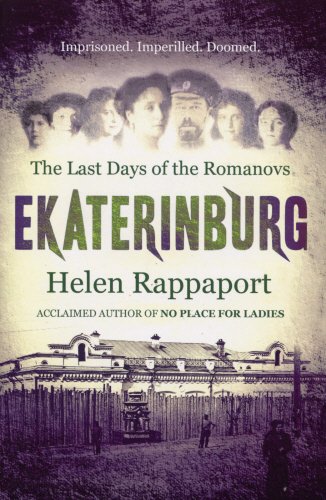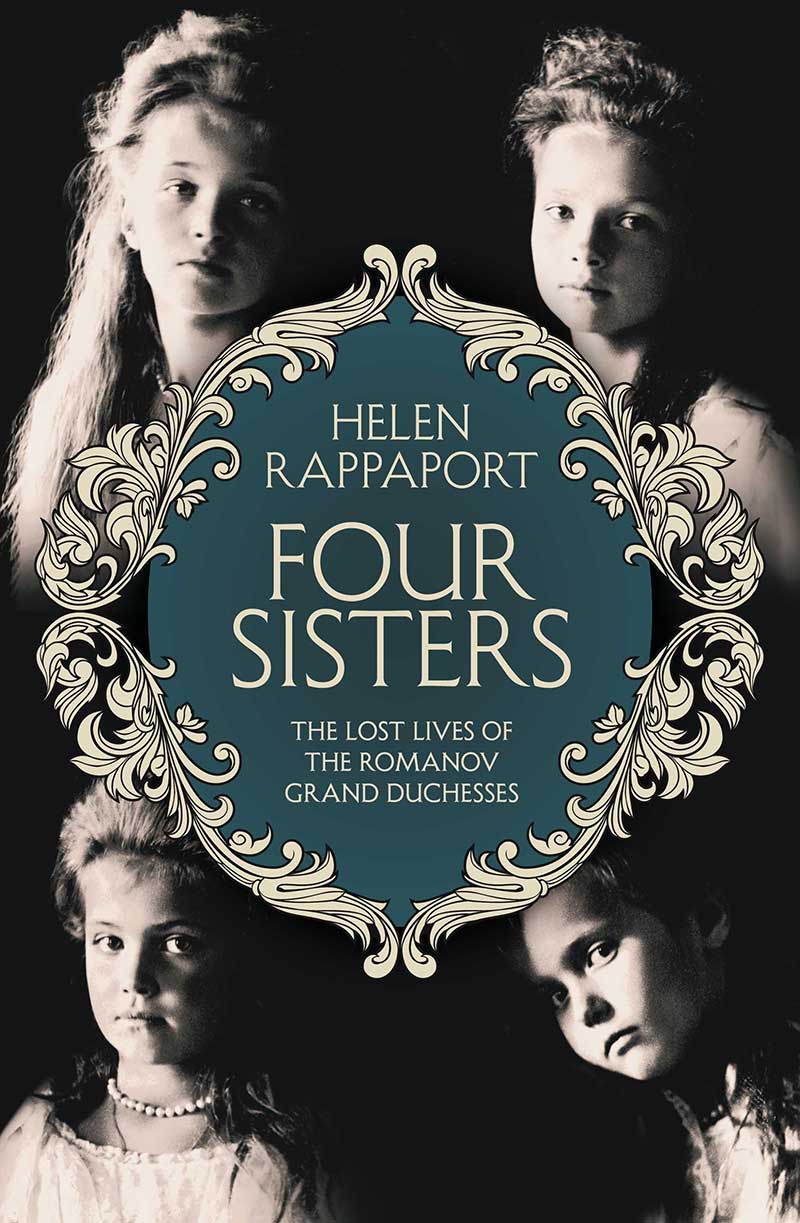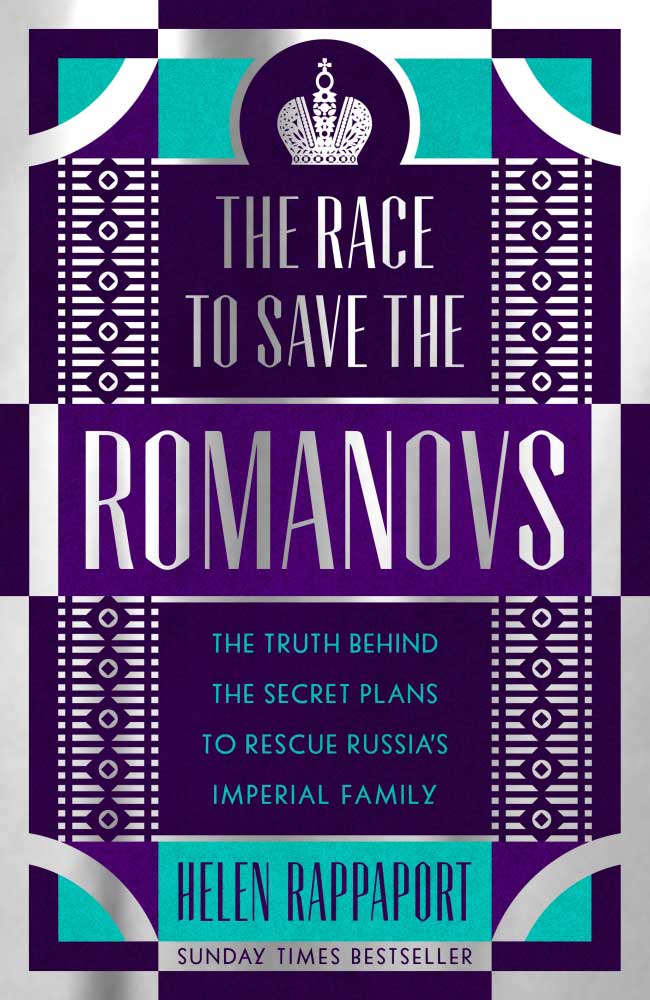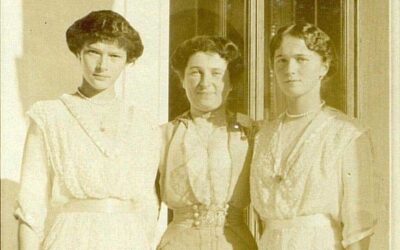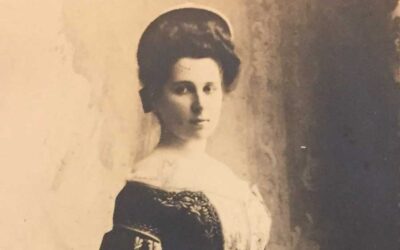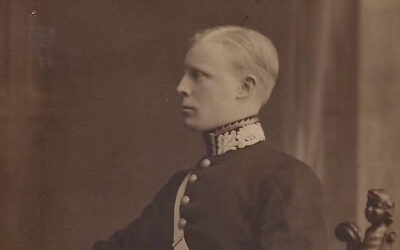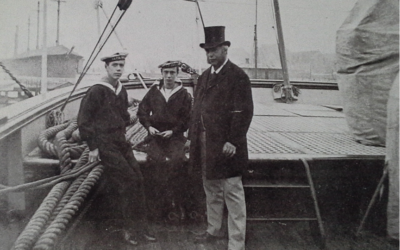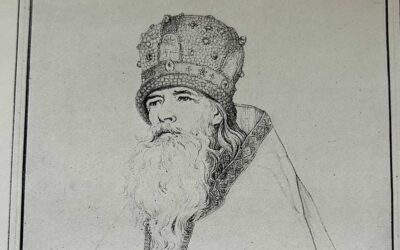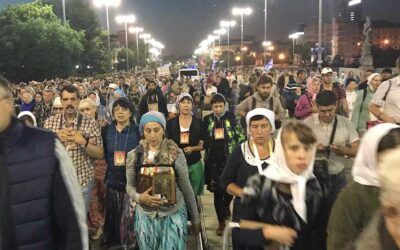The Rebel Romanov
JULIE OF SAXE-COBURG, THE EMPRESS RUSSIA NEVER HAD
© Veste-Verlag Rossteutscher
“My principle is to live and let live. I respect the independence of another person, but I will not allow anyone to deprive me of my own. … I will not allow myself to be governed or directed.”
Julie of saxe-coburg
“Serious but sprightly … Rappaport presents a portrait of a truly frightening marriage …This is a story of one kind of suffering: that of a noble girl sacrificed on the altar of family ambition … [|Julie] floats like a specter through her own biography, unreal and unknowable.”
New York Times
Listen to Helen talking about The princess who fled Romanov Russia on the History Extra Podcast
Listen to Helen talking about The princess who fled Romanov Russia on the History Extra Podcast
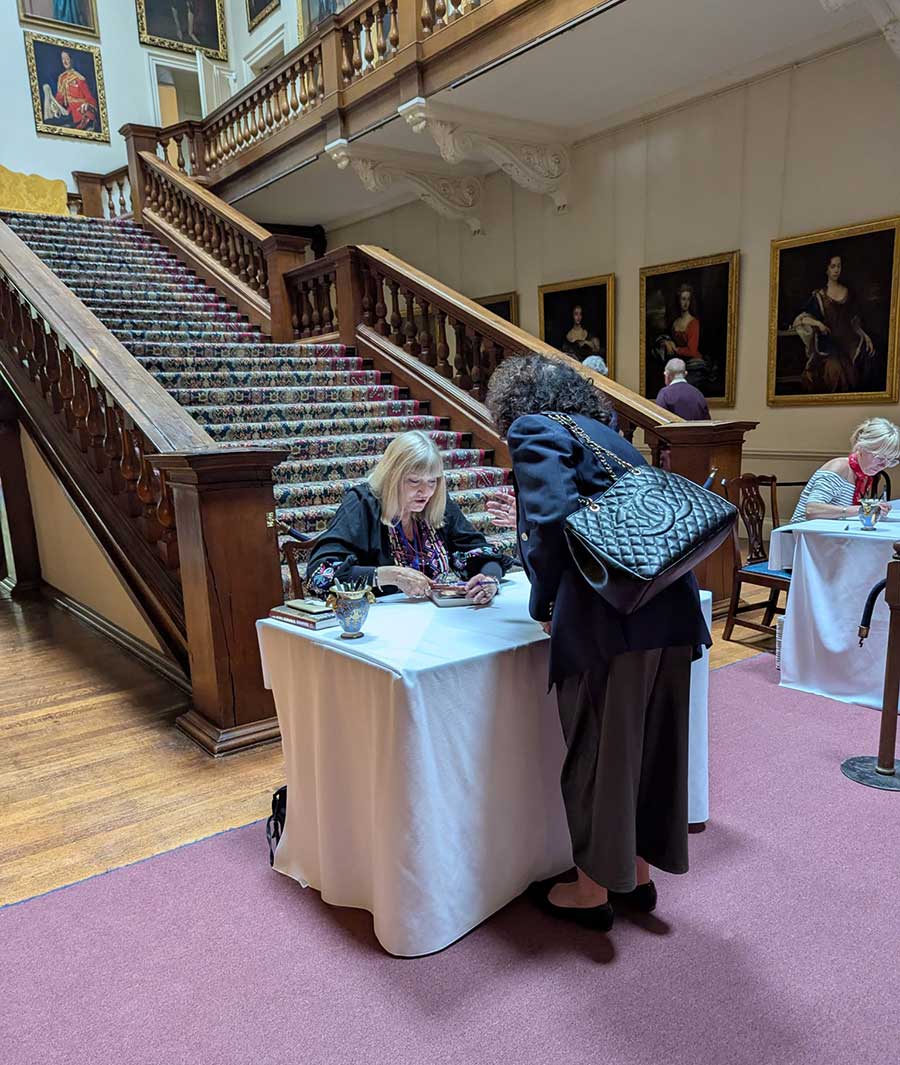
Here is an exclusive essay for Barnes & Noble US on writing The Rebel Romanov
The Rebel Romanov
In 1795, and sensing that her powers and energy were waning, Empress Catherine the Great of Russia was anxious to secure a dynastic marriage for her grandson Konstantin, brother of the future Alexander I. For should Alexander and his wife Elizaveta produce no male children Konstantin would be next in line to the Russian throne. He therefore was in need of a suitably virtuous bride and Catherine, being German herself, settled on a German princess. To her mind they were more meek and submissive; Julie of Saxe-Coburg, however, would prove her wrong.

The Veste Coburg, ancestral home of the Saxe-Coburgs in the 18th century
In an eeerie echo of her own story, Catherine (who had been married off at 16 to Tsarevich Peter) invited Princess Auguste of Saxe Coburg-Saalfeld to bring her three eldest daughters – Sophie, Antoinette and Juliane – on a long and exhausting 40-day coach journey to St Petersburg to be inspected as possible brides for Konstantin.
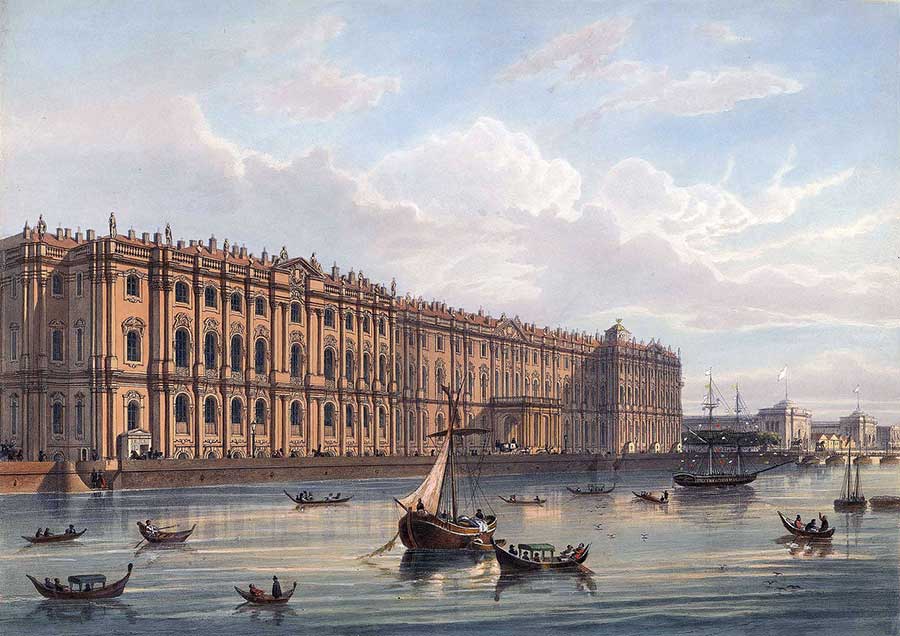
Julie arrived at the Winter Palace from Coburg in October 1795

Julie, c 1799, after her marriage to Grand Duke Konstantin
Now a Romanov Grand Duchess, Julie had everything a young bride could wish for: jewels, fabulous gowns and a grand palace on the Neva Embankment. But aside from her only real friend, Elizaveta, the German-born wife of Alexander, she was isolated in a court dominated by an ageing empress and riven with rivalries, plotting and gossip. Julie’s unhappiness was made worse by the erratic and unpredictable behaviour of her bullying husband, who made Julie’s life in Russia a misery.
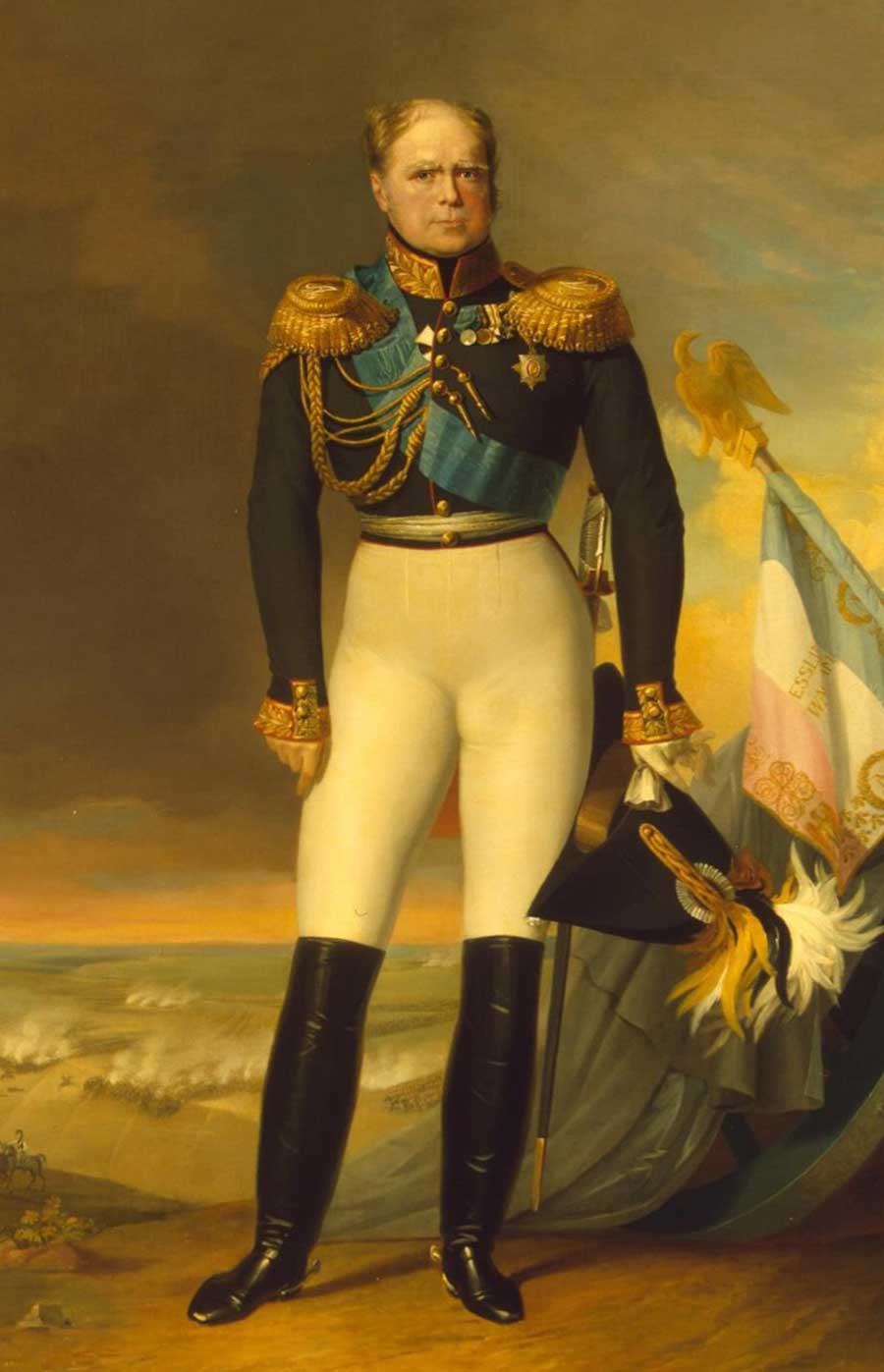
Julie’s husband, Grand Duke Konstantin Pavlovich
She longed to escape and go home to Coburg, but it took until 1801 before she finally managed to get away, and Julie had to wait until 1820 for a divorce. During that time she took refuge in Switzerland and built a fascinating and unorthodox new life for herself, in the process producing two illegitimate children. In 1814 Grand Duke Konstantin attempted a reconciliation with Julie, knowing that with the continuing failure of Alexander and Elizaveta to produce a male heir, the throne would pass to him – and he, in turn, would need a male heir. Julie adamantly refused to go back; had she agreed, when Alexander died prematurely in 1825, she would have become Empress of Russia. Instead Julie retreated to the beauty and comfort of her beloved home at Elfenau, near Bern, and the man with whom she had found enduring love.
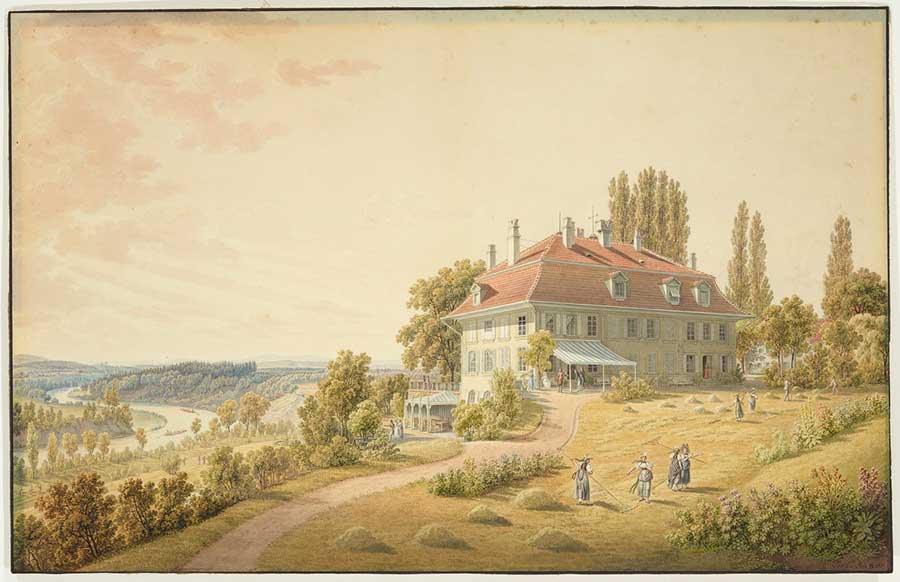
Julie’s Swiss home Elfenau, near Bern
Her German family and relatives never referred to her by her official Russian name of Anna Feorodovna, but simply as Julie. She was loved and admired by all who met and knew her; Queen Victoria and Prince Albert held her in particularly high regard as their beloved ‘Aunt Julia’. Yet in truth they knew very little of the real woman, or of Julie’s extraordinarily difficult life in Russia and how she had sacrificed her reputation and a life of luxury in exchange for the freedom to live as she wished.
The Rebel Romanov is the first biography of Juliane of Saxe-Coburg in any language and draws on extensive primary research in the Saxe-Coburg archives, the Royal Archives at Windsor and other European archives. It includes many previously uncited and newly translated letters and contemporary accounts from German, Russian and French sources.

Helen Rappaport outside Julie’s home at Elfenau, October 2023
For a discussion of my Julie project and some of the challenges of historical research, see Josh Provan’s Historyland podcast:
“Serious but sprightly … Rappaport presents a portrait of a truly frightening marriage …This is a story of one kind of suffering: that of a noble girl sacrificed on the altar of family ambition … [|Julie] floats like a specter through her own biography, unreal and unknowable.”
New York Times
Listen to Helen talking about The princess who fled Romanov Russia on the History Extra Podcast

Here is an exclusive essay for Barnes & Noble US on writing The Rebel Romanov
Reviews
“Serious but sprightly … Rappaport presents a portrait of a truly frightening marriage …This is a story of one kind of suffering: that of a noble girl sacrificed on the altar of family ambition … [|Julie] floats like a specter through her own biography, unreal and unknowable.”
New York Times
“In this revealing biography, Rappaport goes beyond the scandal to the human story, with an excellent eye for detail, great powers of critical thinking but also empathy and sympathy. In so doing she finds a tale of strength, perseverance and tragedy.”
‘Adventures in Historyland’ blog
“What a wonderful book! The storytelling, the research, the deep love of her subject – this must be the climax of Rappaport’s long and illustrious career”
Lucy Worsley
“Beautifully written, incredibly moving and illuminates the whole age”
Jessie Childs
“Rappaport’s account of this pretty, spirited and flirtatious young woman’s dismal time in Russia is absorbing”
Miranda Seymour ― Literary Review
“A nimble guide through the stately jumble of German dynastie”
New Statesman
“Accomplished and richly detailed”
Country Life
“Sparkling… A captivating historical saga of a woman in revolt”
Publishers Weekly
“A brisk rendering of tumultuous times…[and of] a woman caught in the whirlwind of history”
Kirkus Reviews
You may also like:
Latest Articles and Media about The Romanovs
OTMA – The Romanov Sisters
Going out into the Koptyaki Forest where the family’s bodies were dumped after they were murdered in July 1918, left an indelible impression on my mind and my creative imagination. I wanted, with a passion, to tell the story of those four lovely, much photographed but historically neglected sisters…
Sophie Karlovna Buxhoeveden, Pt 2
In May 1919, after having been received by Alexandra, the Queen Mother at Marlborough House, Isa travelled on to Copenhagen where she was finally reunited with her widowed father and she lived with him there for the next year or so.
Sophie Karlovna Buxhoeveden – Pt 1
Sophie Karlovna von Buxhoeveden [styled Буксгевден/Buksgevden in Russian] – or Isa as she was known to the Imperial Family – always thought of herself as a Russian. But although she was born in St Petersburg in 1883, her father Karl Matthias had come from Dorpat [today’s Tartu] in what was then the Governorate of Livonia of which Estonia was part.
Thomas Hildebrand Preston, 1888-1976: The British Diplomat who Tried to Save the Romanovs
Thomas Preston, the British Consul in Ekaterinburg in 1918, did his best to help the imprisoned Romanov family an in alerting the Allies to their perilous situation
but till now little has been written about his life and diplomatic career.
Mr Heath – Tutor to Tsar Nicholas II
‘It was Mister Heath who frequently reminded his imperial pupils of the English saying that aristocrats are born but gentlemen are made.’
Amazon’s Romanoffs vs the Real House of Romanov
It may be fiction but there is no doubt that it exploits the same tired old myth-making about the Romanovs that many Romanov historians and aficionados such as I are sick to death of seeing and reading about. It is time all these false claims and their attendant mythology were finally closed down…
The Last Days of Sydney Gibbes
It was something of a tradition in the Imperial Family to have non-Russian tutors and nannies for their children. Perhaps the best known of them all was the English tutor Sydney Gibbes who taught first Anastasia and Maria and later Alexey the Tsarevich.
The Romanovs Centenary Celebrations 2018
The huge numbers of pilgrims who travelled to Ekaterinburg – not just from within Russia but from all over the world – are a testament to the enduring power of the Romanov story and the strong sense of identification that many Russians have, still, with their murdered Imperial family…

